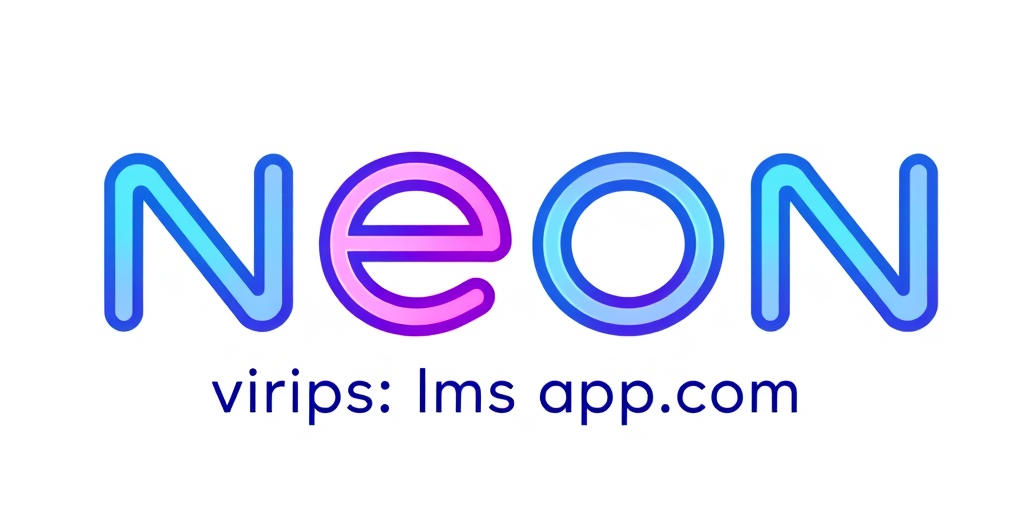
Esports
Uncovering the Array of Gaming Options at Canada Casinos

Stephen Martinez
13 Sep 2025

Others
Finding a Reliable Barber Near Me Open Now: Your Guide to Quick and Quality Grooming
By Stephen Martinez
13 Sep 2025
 Others
Others
Mastering the Art of Playing Online Casino Slot Machines
By Stephen Martinez
13 Sep 2025
 Others
Others
Tab 1
By Stephen Martinez
13 Sep 2025
Today's Top Highlights
Discover our latest stories and insights from around the world
 Others
Others
 Others
Others
Advancement of Casino Slot Technology: Predicting the Future
 By Stephen Martinez
•
12 Sep 2025
By Stephen Martinez
•
12 Sep 2025
 Others
Others
Revealing the Hidden Gems of High-Stakes Jackpot Games
 By Stephen Martinez
•
12 Sep 2025
By Stephen Martinez
•
12 Sep 2025
 Others
Others
Taking a Closer Look at the Evolution of Gaming Slot Designs
 By Stephen Martinez
•
12 Sep 2025
By Stephen Martinez
•
12 Sep 2025
 Others
Others
A Comprehensive Guide to Selecting the Perfect Online Casino Gambling Game
 By Stephen Martinez
•
12 Sep 2025
By Stephen Martinez
•
12 Sep 2025
 Others
Others
Sports Betting and Machine Translation: Breaking Language Barriers
 By Stephen Martinez
•
11 Sep 2025
By Stephen Martinez
•
11 Sep 2025
 Others
Others
Strategi Efektif untuk Menang di Mesin Slot Dengan Konsisten
 By Stephen Martinez
•
11 Sep 2025
By Stephen Martinez
•
11 Sep 2025
 Others
Others
Tren Terbaru Slot Casino yang Harus Anda Ketahui
 By Stephen Martinez
•
11 Sep 2025
By Stephen Martinez
•
11 Sep 2025
 Others
Others
Best 10 Tips for Hiring a Car on a Budget
 By Stephen Martinez
•
11 Sep 2025
By Stephen Martinez
•
11 Sep 2025
 Others
Others
Your Definitive Handbook to Winning at Online Gambling Slots: An In-Depth Guide
 By Stephen Martinez
•
11 Sep 2025
By Stephen Martinez
•
11 Sep 2025
 Others
Others
10 Recommended Online Casino Games for Beginners to Try Today
 By Stephen Martinez
•
11 Sep 2025
By Stephen Martinez
•
11 Sep 2025
 Gaming
Gaming
All You Need to Know to Manitoba Online Casino Gaming
 By Stephen Martinez
•
10 Sep 2025
By Stephen Martinez
•
10 Sep 2025
September 2025 Blog Roll
August 2025 Blog Roll
July 2025 Blog Roll
June 2025 Blog Roll
Popular Posts
Sponsored News
 Others
Others
เรื่องราวของเว็บไซต์บาคาร่าแบบโดดเด่น
 By Stephen Martinez
•
09 Sep 2025
By Stephen Martinez
•
09 Sep 2025
 Others
Others
10 Top Benefits of Booking an Mobile Massage Therapy Session at Home
 By Stephen Martinez
•
08 Sep 2025
By Stephen Martinez
•
08 Sep 2025
 Others
Others
Revealing the Top Online Casino Games of the Year
 By Stephen Martinez
•
08 Sep 2025
By Stephen Martinez
•
08 Sep 2025
 Others
Others
Unveiling the Mysteries of Internet-based Casino Gambling
 By Stephen Martinez
•
08 Sep 2025
By Stephen Martinez
•
08 Sep 2025
 Esports
Esports
The Rise of Mobile Gaming in Canada's Online Casinos
 By Stephen Martinez
•
07 Sep 2025
By Stephen Martinez
•
07 Sep 2025
 Esports
Esports
Your Go-To Manual to Canada's Internet-based Casinos: Everything
 By Stephen Martinez
•
07 Sep 2025
By Stephen Martinez
•
07 Sep 2025
